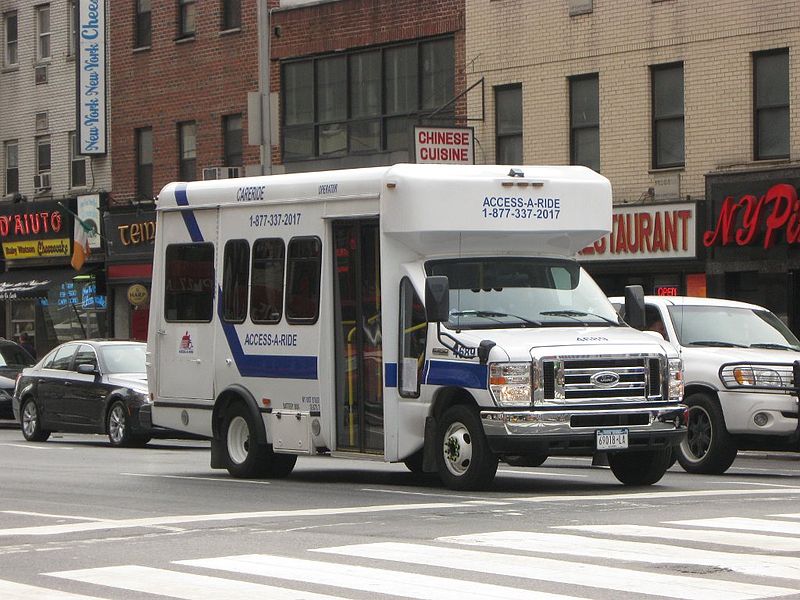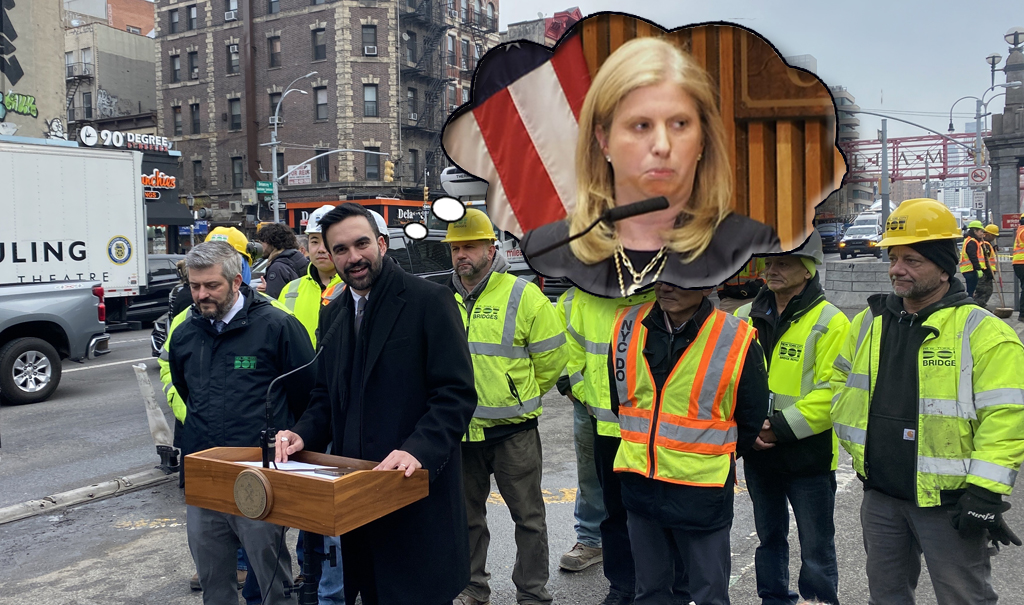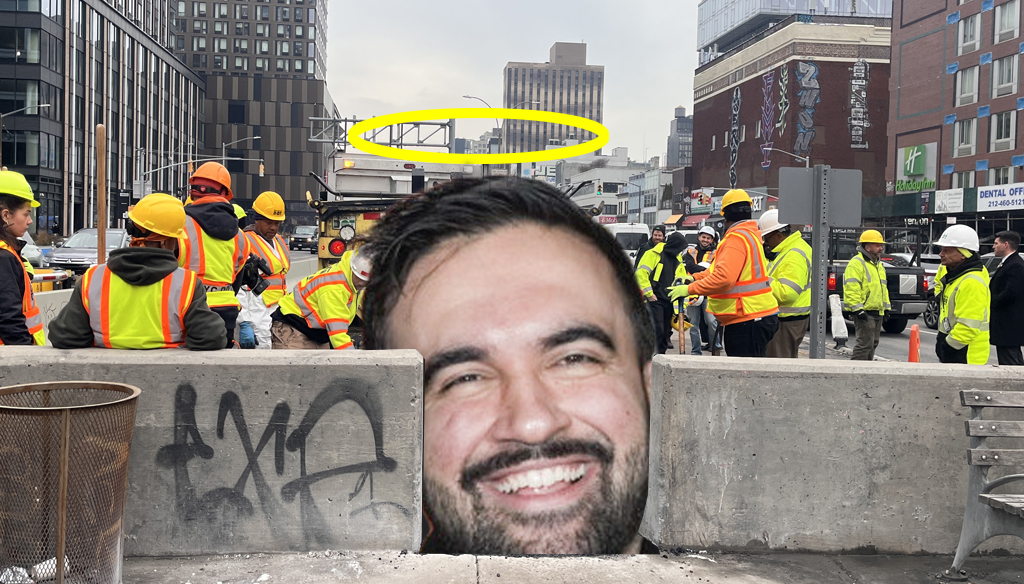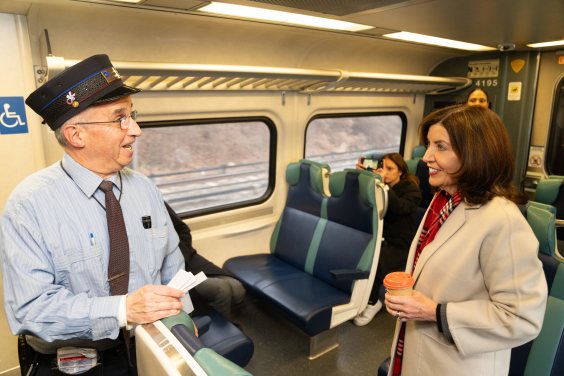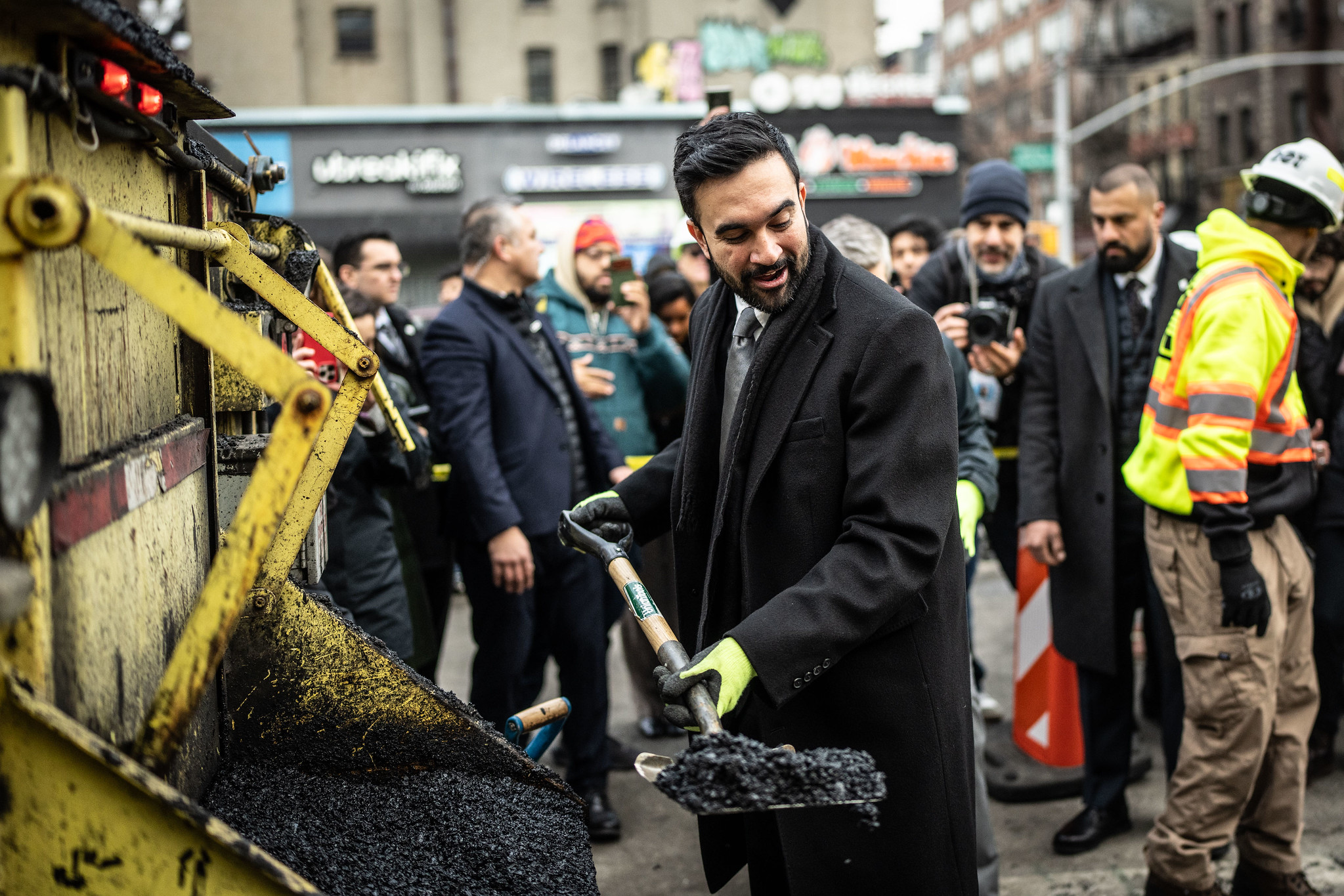The MTA isn’t known for innovation, but on one front — its beleaguered Access-A-Ride service — it had been making progress over the past few years.
That brief period of promise may be over, however, unless the MTA prevents a looming fare hike and revives two programs that finally offered decent service to riders.
Access-A-Ride, often called Stress-A-Ride by its riders, offers transportation to people with disabilities who can’t use city buses or subways. It’s essential for our community to get to jobs, school and pretty much anything.
But anyone who’s used Access-A-Ride, as Jean has for 26 years, knows that it’s usually a service defined by late pick-ups, roundabout routes and laborious sign-up procedures.
That was changing after the MTA introduced two programs a few years ago that actually got people where they wanted to go, when they wanted to get there.
One innovation: For the first time, a lucky 1,200 riders could get a ride whenever they needed one as part of “On-Demand,” a pilot that started in late 2017 using e-hail services similar to Uber and Lyft. Unlike other AAR riders, they no longer need to reserve a ride the day before and instead can order a ride just as soon when they need one. What a concept!
Nor do they worry about how late their ride will be, or get stuck on a “Tour de Boroughs” — with pick-ups and drop-offs of other people all around the city before they arrive at their destination.
Participants call it “life-changing.” How often do you hear that about an MTA service? It should be no surprise, then, that the MTA wants to kill off the program.
A second program, called “Advanced Reservation,” improved service too. Started in 2017, it allowed AAR’s other 140,00-plus registered riders to get rides in yellow and green taxis that took them directly where they needed to go.
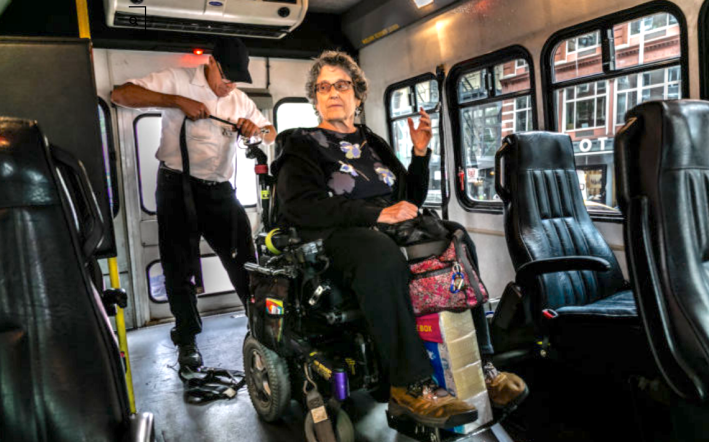
Riders still had to reserve a ride a day in advance, but NYC Transit used e-hail to send yellow and green taxis their way. The drivers showed up on time, were professional and took the shortest routes they could to save time. The per-ride cost to the MTA went down about 56 percent.
Of course, the MTA killed off that popular program in 2019. What a shock.
Now, true to form, the MTA has decided to abandon these forward-thinking developments in order to expand its failed “broker” program, which has a particularly sorry record of poor service. The service relies on contracted outside companies, who often supply untrained drivers. And it’s not cheap: Four broker companies won contracts last month worth a total of $579 million.
Here’s the raw deal Access-A-Ride riders and the taxpaying public get in return for these hundreds of millions:
- A service that riders still have to book in advance, no later than 5 p.m. the day before. This makes it impossible to change plans at the last moment, stay late at the office, or get some place in an emergency.
- A shared-ride service that makes people late for appointments or arrive an hour or more early, with drivers who seem to go out of their way to take the longest route. When the MTA first expanded its use of brokers in 2019, rider complaints tripled.
- A service that sometimes drastically changes the pick-up times the night before.
- A service with drivers who do not always know how to secure passengers in wheelchairs and are untrained to deal with passengers with a wide variety of disabilities.
- In other words: A service designed to be so cumbersome and difficult that people will stop using it. And for those who still do, endless frustration and anger.
What’s most frustrating, though, is that we were on the cusp of real improvement for riders with On-Demand and advance reservation. Instead, Access-A-Ride riders will have to put up with years of substandard service unless the MTA reverses course. Plus, they face the possibility of paying more for that service if one MTA proposal, to raise the fare to $3 from $2.75, moves forward in 2021.
The MTA’s standard should be that New Yorkers with disabilities have the same freedom to travel that everyone else has. For everyone else, the subways, buses, taxis, and e-hail companies, such as Uber, Via and Lyft provide on-demand, spontaneous travel. Access-A-Ride must offer the same for all its riders. Anything less is discriminatory.
There are so many cab drivers and for-hire-vehicle drivers are hurting and eager for new business. People with disabilities can provide that business through Access-a-Ride, and get the benefit of spontaneous travel.
The MTA complains that Access-A-Ride, which it has run for 30 years, costs too much. But remember: This is the same agency that’s resisted making subway stations accessible, which would allow some Access-A-Riders to use the subways and cut AAR costs.
The MTA has demonstrated that it can offer decent AAR service. Now it must make the commitment to offer it — especially if it wants to charge more.
Jean Ryan is president of Disabled In Action of Metropolitan New York (@DIA_NewYork); Joe Rappaport is executive director of the Brooklyn Center for Independence of the Disabled (@BrooklynBCID).
